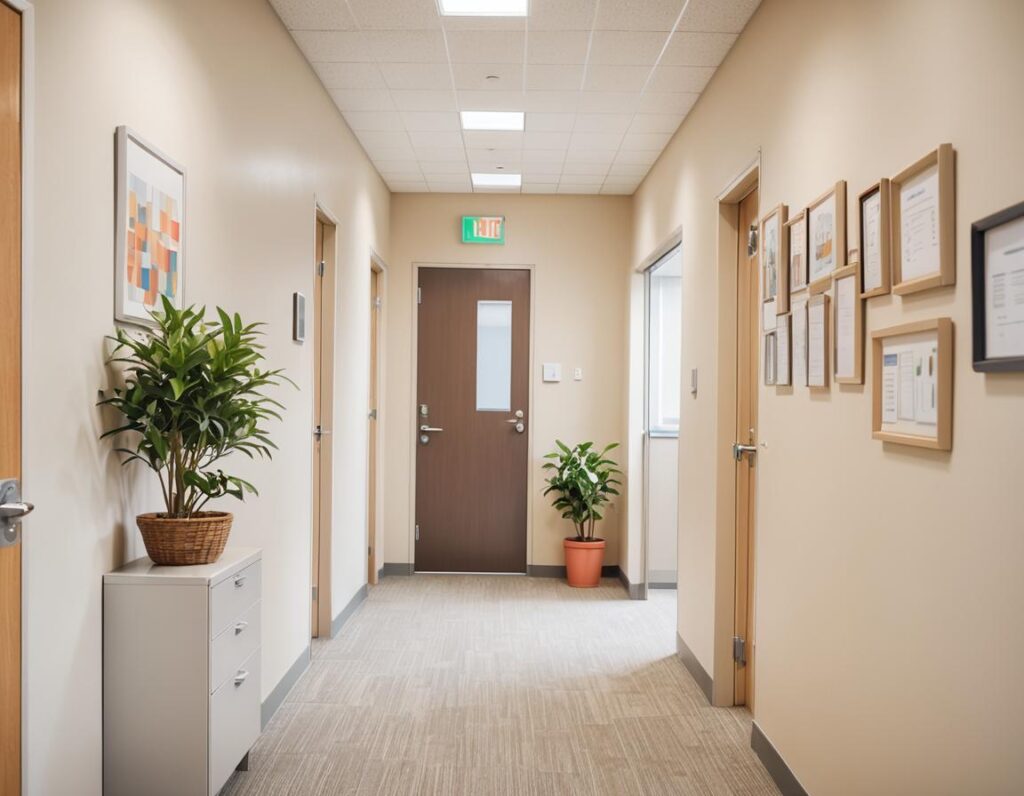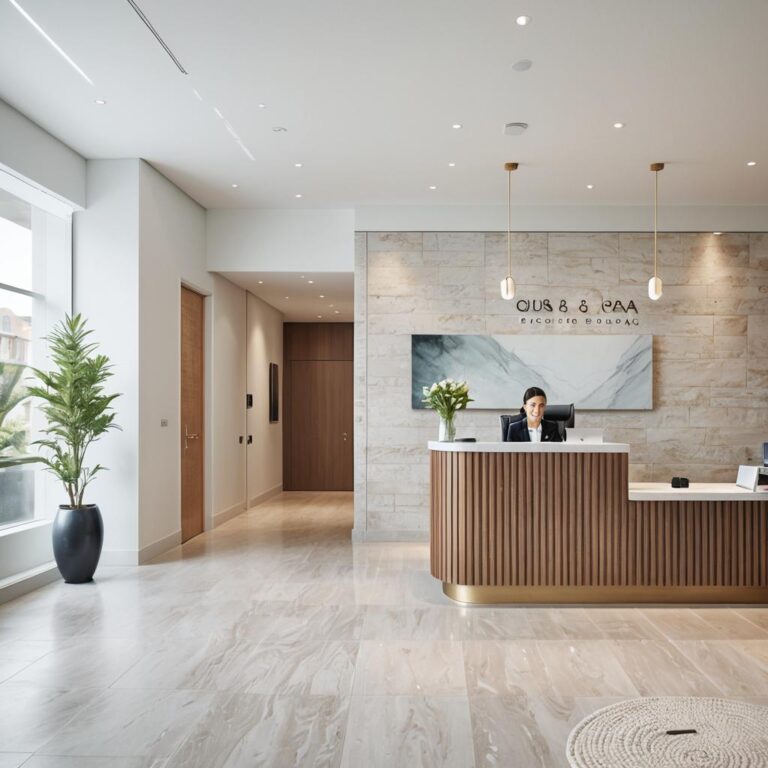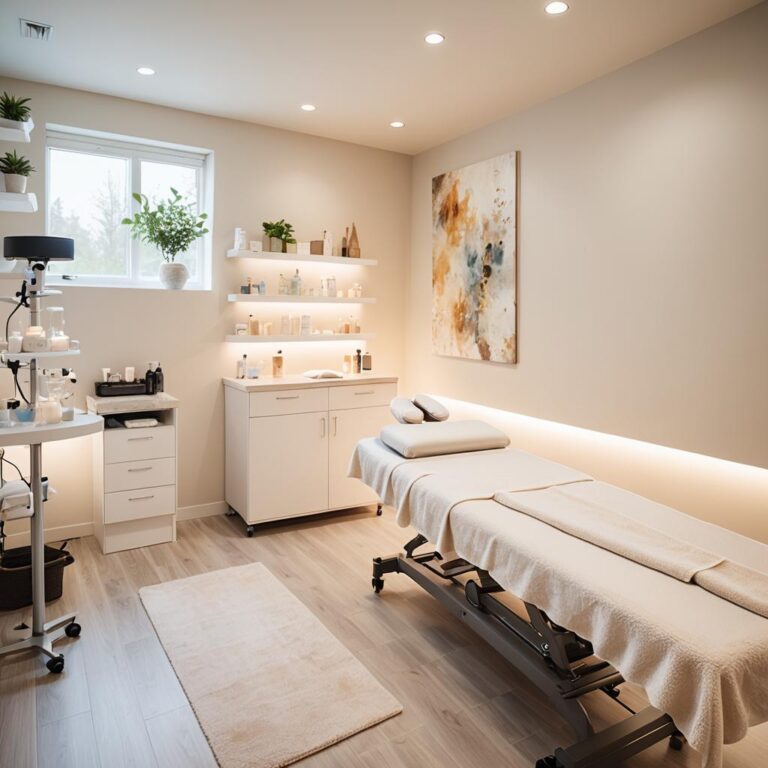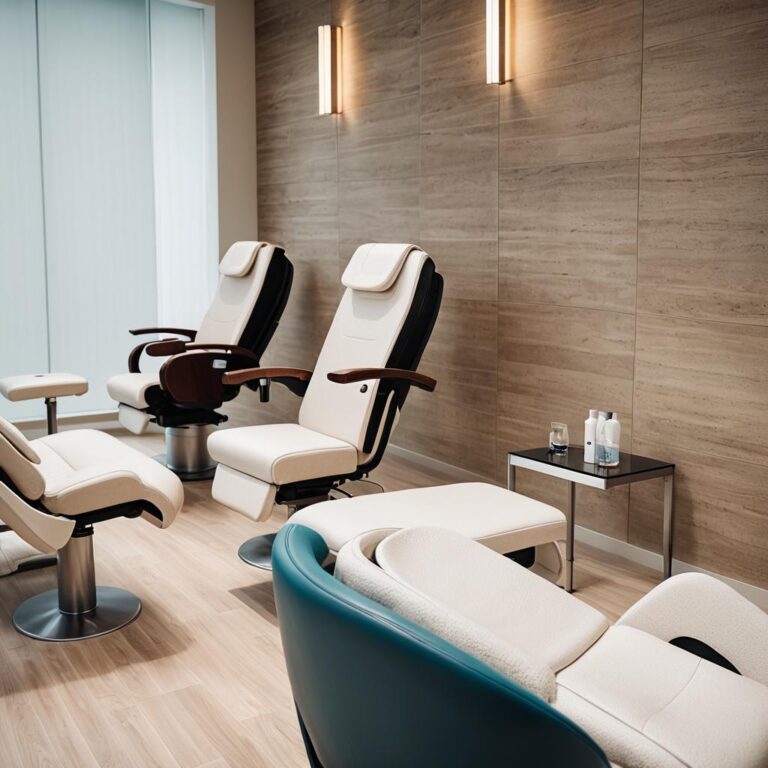A facelift, or rhytidectomy, is a surgical procedure that reduces visible aging signs by lifting and tightening facial and neck skin, targeting concerns such as sagging skin, deep folds, jowls, and loss of facial definition to restore a youthful look. The procedure involves repositioning underlying tissues, removing excess skin, and enhancing natural contours, with customizable options like traditional facelifts, mini lifts, and neck lifts to suit individual needs. Recovery generally spans a few weeks, but the results are long-lasting, providing a refreshed and youthful appearance that can endure for years, enhancing both appearance and confidence.








